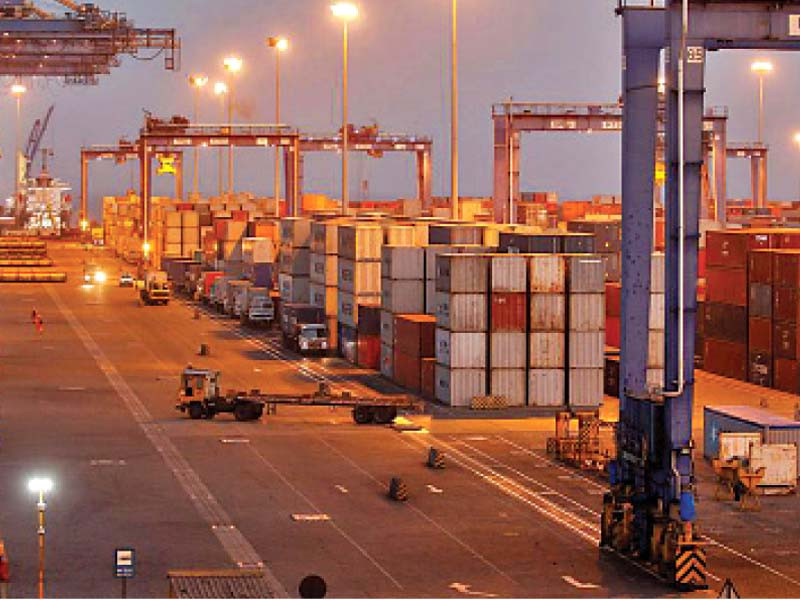
Pakistan’s real effective exchange rate (REER) – the value of country’s currency against a basket of currencies of global trading partners –appreciated slightly to 97.03 points but still remained close to its fair value and indicated that exports were competitive.
The REER index stood at 97.03 in January 2022 compared to 96.79 in December 2021, the State Bank of Pakistan (SBP) reported on Friday. “REER index is moving towards its fair value of 100,” Ismail Iqbal Securities Head of Research Fahad Rauf said while talking to The Express Tribune. A REER reading below 100 keeps exports competitive and imports expensive. On the contrary, if it is above 100, it means that imports have become cheaper while exports have turned expensive.
Therefore, REER below 100 is supportive for countries like Pakistan given its current account deficit (CAD) at an all-time high of $2.56 billion in January 2022, which adversely impacted the foreign exchange reserves and the balance of payments. REER reading has continued to hover around 96-97 for the past five to six months. “The slight fluctuation (on a month-onmonth basis) suggests that the central bank is targeting to maintain REER at around current levels,” Rauf said. There is a huge gap between Pakistan’s higher import payments and comparatively lower export earnings.
There is a need to cut imports and boost exports to narrow down the trade deficit and the current account deficit so that the country could achieve sustainable economic growth. In late January 2022, the central bank adopted the policy of making current account deficit sustainable and pushing down inflation instead of targeting to keep the real interest rate positive from being negative at present. Experts have termed a current account deficit of $600-700 million per month sustainable.
However, the deficit hit a record high of $2.56 billion in January 2022 compared to $1.86 billion in the previous month of December 2021. The rupee depreciated 0.41% to Rs177.11 against the US dollar in the interbank market on Friday compared to Thursday’s close of Rs176.39. Rauf said that Ukraine crisis may keep global commodity prices, especially petroleum products, at higher levels in the short run, which might mount pressure on the rupee against the US dollar.
This is the reason why the local currency has maintained a downward trend amid global political tensions. Gold erases gains The gold price, however, decreased Rs2,800 per tola (11.66 grams) to Rs127,500 in Pakistan in line with the global trend on Friday. The precious commodity recorded a steep decline in its cost following a spike of Rs3,400 per tola to Rs130,300 on Thursday in the wake of Russian invasion of Ukraine. Gold gained $77 per ounce (31.10 grams) at world markets on Thursday following the Russian attack.
It, however, lost $72 per ounce to $1,900 on Friday after “the Russian war on Ukraine stayed limited between the two neighbouring countries and global superpowers (like US and Nato forces) opted not to enter to escalate the war,” AA Gold Commodities Director Adnan Agar said. “The gold price squared up on Friday, meaning that the gain in its price on Thursday got reversed on Friday,” KASB Securities Head of Commodities Trading Rizwan Ahmed Samra said. Both experts said that gold would move in range of $1,800-1,950 per ounce over the next two to three months.
They said that the current trend was downward and the bullion price might settle somewhere between $1,820-1,860 per ounce under the current cycle. However, it may again gain value ahead of release of US inflation data in the first week of March and US monetary policy announcement in the second week.









1719053250-0/BeFunky-collage-(5)1719053250-0-270x192.webp)








COMMENTS
Comments are moderated and generally will be posted if they are on-topic and not abusive.
For more information, please see our Comments FAQ